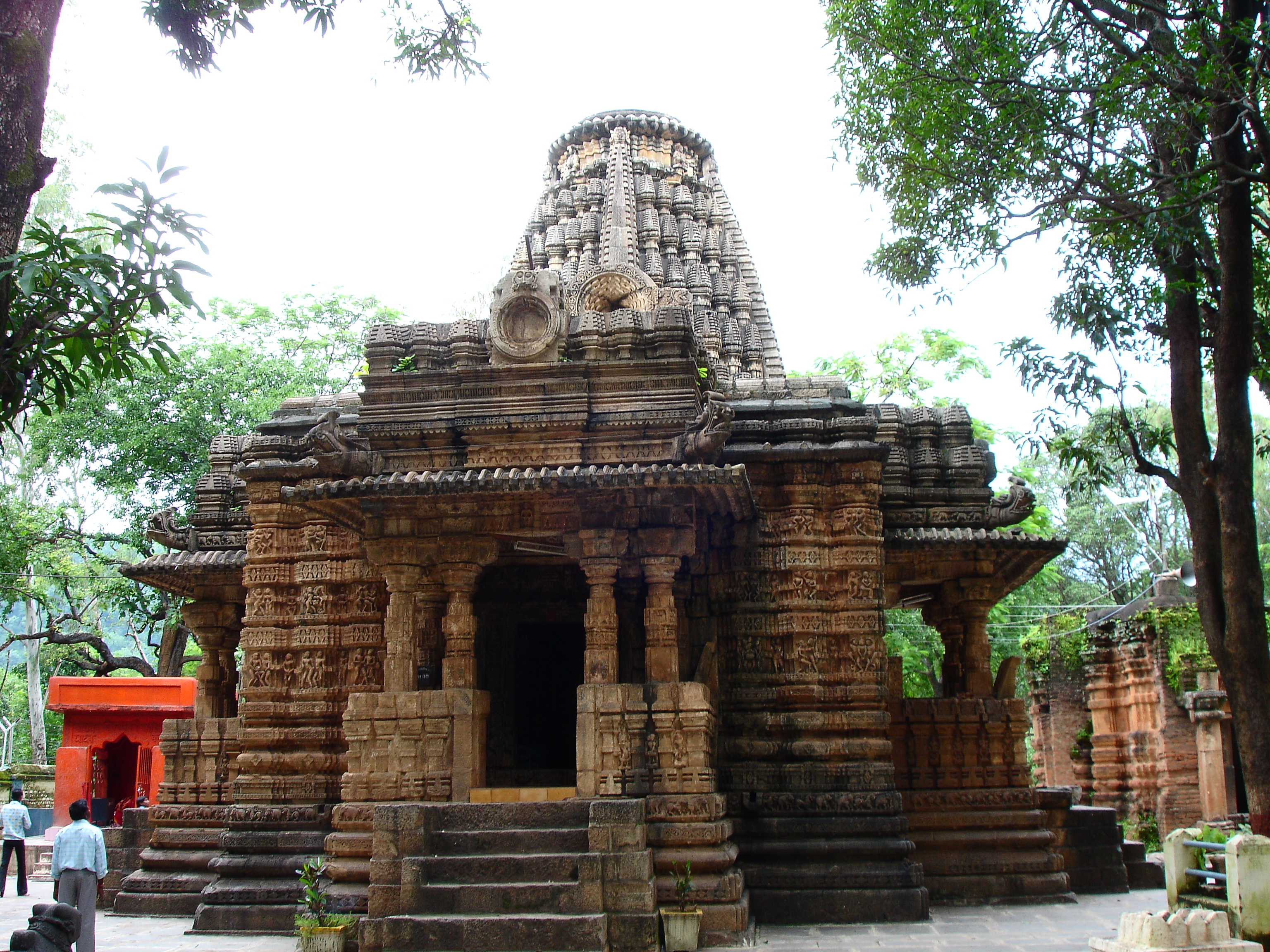The Bhoramdeo Temple stands as a remarkable testament to the architectural and spiritual heritage of medieval India, nestled within the picturesque Maikal range of Chhattisgarh. Dedicated to Lord Shiva, this extraordinary temple represents a profound confluence of religious devotion, artistic expression, and historical significance.
Constructed between the 7th and 11th centuries AD by the Nagvanshi dynasty, the temple embodies a sophisticated architectural vision that transcends mere religious infrastructure. Its design harmoniously blends Nagara and Dravidian architectural styles, creating a complex that is both aesthetically stunning and spiritually resonant. The intricate bass reliefs, meticulously carved sculptures, and precise astronomical alignments reveal the extraordinary skill of the artisans who crafted this sacred space.
The temple's exterior walls are adorned with multi-tiered sculptural compositions that offer profound insights into the social and cultural dynamics of medieval India. Unlike conventional religious structures, these sculptures depict a remarkable spectrum of human experiences, including sensuous and erotic imagery that challenges contemporary perceptions of spiritual art. These carved narratives speak to the liberal and nuanced understanding of human existence prevalent during that historical period.
Geographically situated in the Kabirdham district, the temple occupies a location steeped in mythological and historical significance. The surrounding Maikal range, mentioned in ancient epics like the Ramayana and Mahabharata, adds another layer of cultural depth to this sacred landscape. The temple's positioning reflects a profound understanding of geographical and astronomical principles, with specific architectural elements designed to illuminate particular deities during solstices and equinoxes.
Religious scholarship suggests that the temple represents a fascinating syncretism of Saiva and Vaishnava traditions. The four-faced Shiva Lingam, a rare architectural feature, exemplifies the complex theological interpretations embedded within the temple's design. Local Gond tribal traditions also intertwine with the temple's narrative, creating a rich tapestry of spiritual beliefs that transcend singular religious boundaries.
Archaeological evidence and architectural analysis indicate that the temple was likely patronized by rulers like King Ramchandra and potentially other Naga kings such as Gopaladev. The main shrine, elevated on a five-foot-high podium and comprising distinct architectural elements like mandap, antral, and garbha griha, demonstrates the sophisticated urban planning and construction techniques of the era.
Beyond its religious significance, the Bhoramdeo Temple serves as a critical cultural repository, preserving narratives, artistic traditions, and social practices of medieval Indian civilization. Its continued relevance is evident in its status as a significant pilgrimage site and tourist destination, attracting scholars, spiritual seekers, and cultural enthusiasts from across the country.
The temple's preservation represents not just an architectural conservation effort but a commitment to maintaining a living connection with India's rich cultural heritage. Surrounded by lush gardens and set against the serene backdrop of the Maikal hills, Bhoramdeo Temple continues to inspire wonder, spiritual reflection, and a deep appreciation for the artistic and philosophical achievements of ancient Indian civilization.



